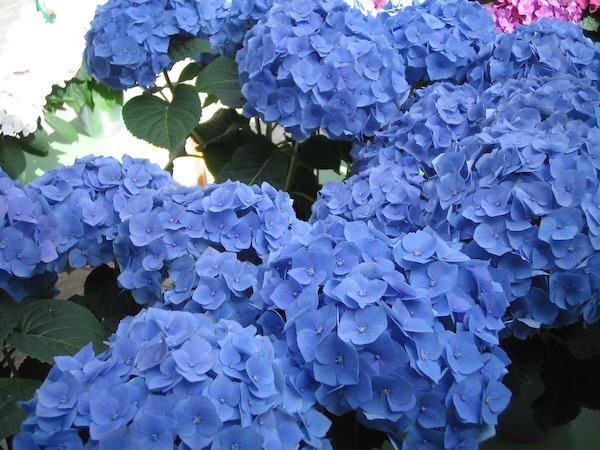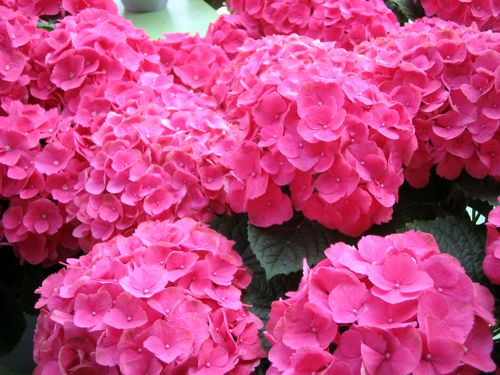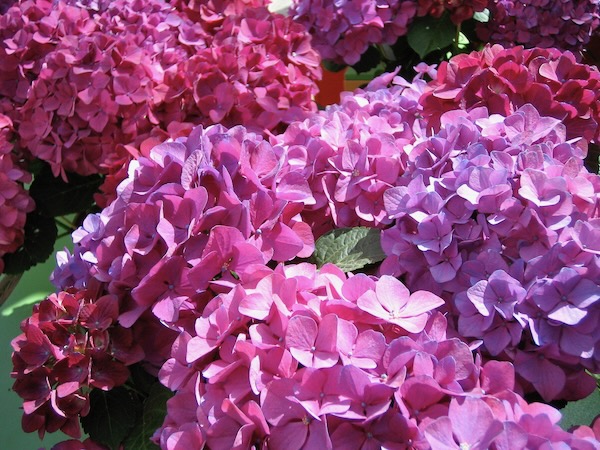Changing Hydrangea Colors: Unlocking the Magic of Soil Acidity
Hydrangeas, scientifically known as Hydrangea macrophylla, are beloved shrubs admired for their stunning blooms and ability to transform landscapes with their vibrant colors. One fascinating aspect of these beautiful plants is their color-changing nature, which can be influenced by manipulating the acidity of the soil. In this article, we will delve into the world of Hydrangeas and explore how altering soil acidity can create breathtaking displays of blue and pink blooms.
Hydrangea: A Multi-Name Wonder
Hydrangeas, also commonly referred to as Hortensias, go by various names such as Bigleaf Hydrangea, French Hydrangea, Lacecap Hydrangea, Mophead Hydrangea, and Penny Mac. They belong to the Hydrangeaceae family of plants and are deciduous shrubs that can reach a height of up to 2.5 meters or 7 feet. Native to Japan and Korea, Hydrangeas have gained immense popularity worldwide due to their enchanting flowers and versatility in garden design.
Unlocking the Color Magic
One of the most intriguing aspects of Hydrangeas is their ability to change color based on soil acidity. While the white variety remains unaffected, other Hydrangea cultivars can showcase a range of hues, from vibrant blues to delicate pinks. The secret lies in the pH level of the soil.
The Blue Hydrangea Transformation
To achieve striking blue Hydrangea blooms, an acidic soil environment is required. Acidic soil has a lower pH level, typically ranging from 4.5 to 5.5. You can adjust the acidity of the soil by incorporating specific additives or fertilizers. One popular choice is Miracid, a fertilizer produced by Miracle-Gro, which effectively increases soil acidity, resulting in the transformation of blooms into beautiful shades of blue.
Additionally, some gardeners opt for natural methods to alter soil acidity. Placing iron nails around the plant or incorporating aluminum sulfate into the soil in early spring and repeating the process later in the season can also help achieve the desired blue hues. Each gardener may have their own preferred method, but the goal remains the same: to create a mesmerizing display of blue Hydrangea blossoms.
The Pink Enchantment
If you dream of a garden adorned with romantic pink Hydrangea blooms, an alkaline soil environment is the key. Alkaline soil has a higher pH level, typically ranging from 6.0 to 6.2 or above. To increase soil alkalinity, you can add substances such as garden lime to the soil. By doing so, the Hydrangea flowers will undergo a delightful transformation, turning shades of soft pink.
A World of Color at Your Fingertips
The ability to manipulate the color of Hydrangea blooms presents a fascinating opportunity for gardeners and flower enthusiasts alike. By simply adjusting the soil acidity, you can create a captivating spectrum of colors within your Hydrangea collection. This flexibility allows for endless creative possibilities in garden design and provides an avenue for personal expression and aesthetic preferences.
Hydrangeas have surged in popularity and can be found adorning gardens, potted plants, and even as cut flowers available for purchase in supermarkets. Their large globe-shaped blooms make a delightful addition to any room, adding a burst of color and elegance to interior spaces.
So, whether you wish to cultivate a sea of captivating blue Hydrangea blooms or infuse your garden with delicate pink enchantment, harness the power of soil acidity to transform your Hydrangeas into living works of art. Explore the magical world of Hydrangeas and unlock their true potential by embracing the wonders of nature and the art of gardening.








